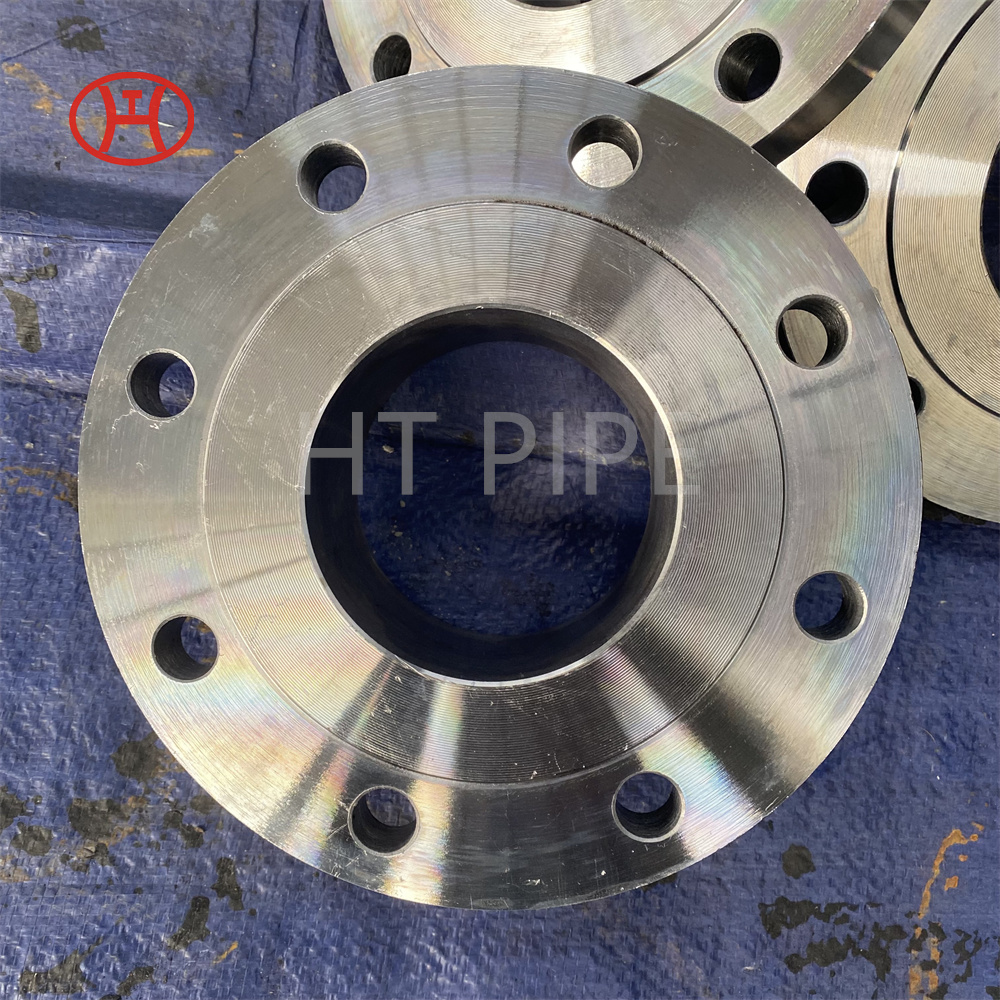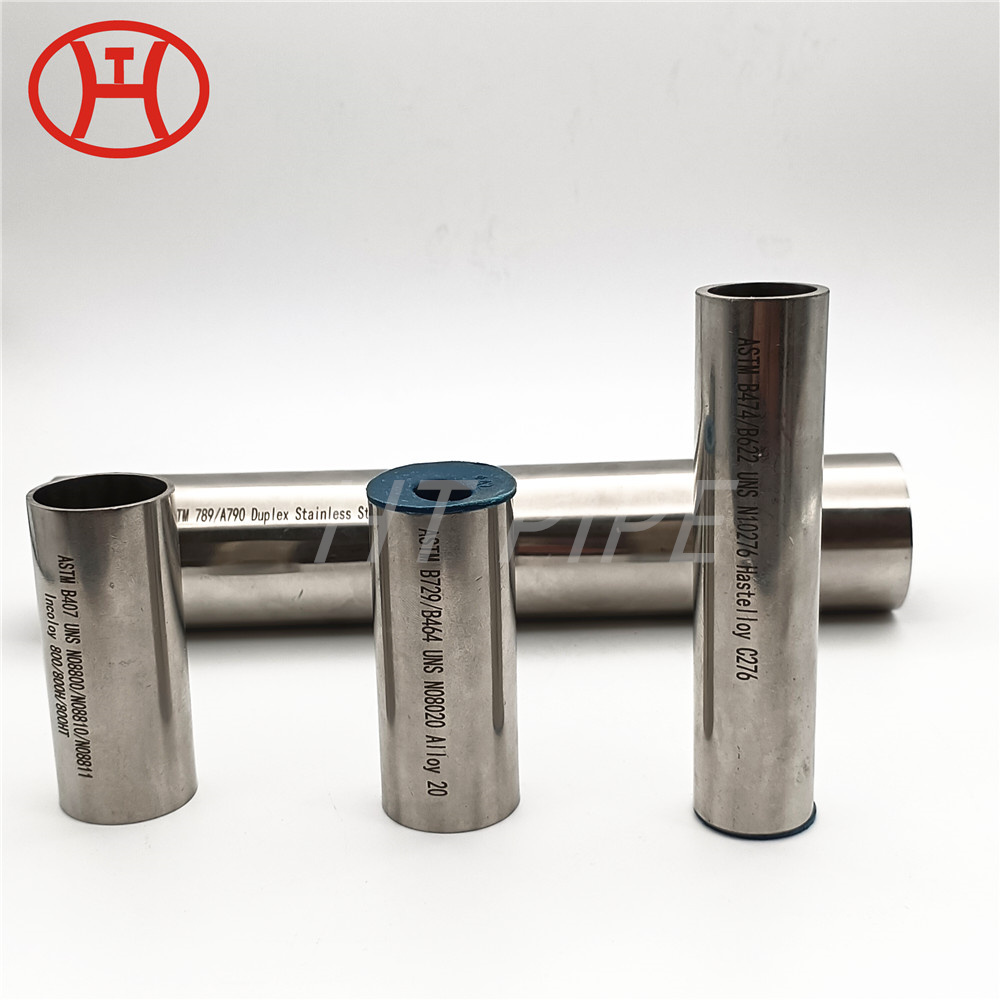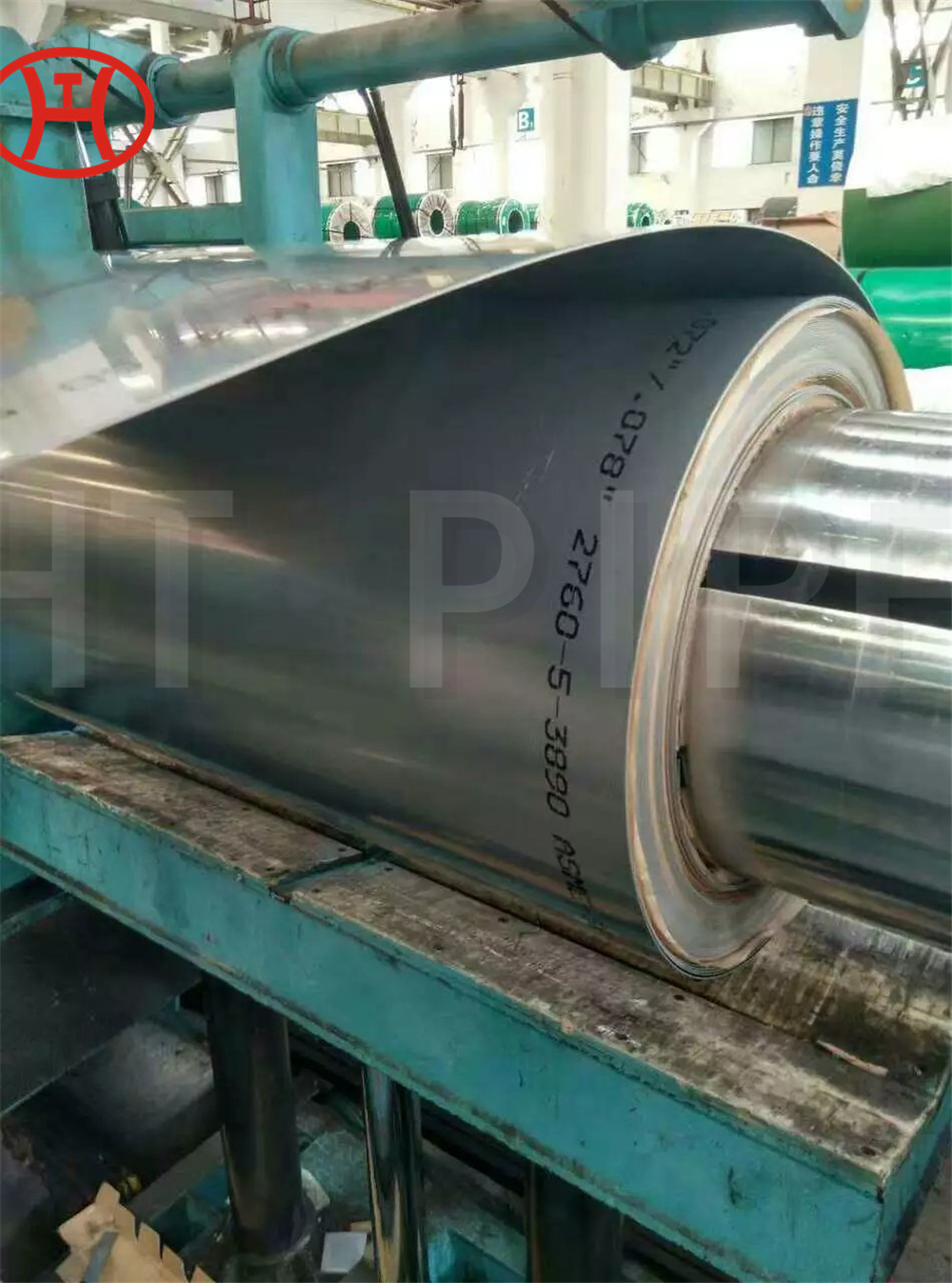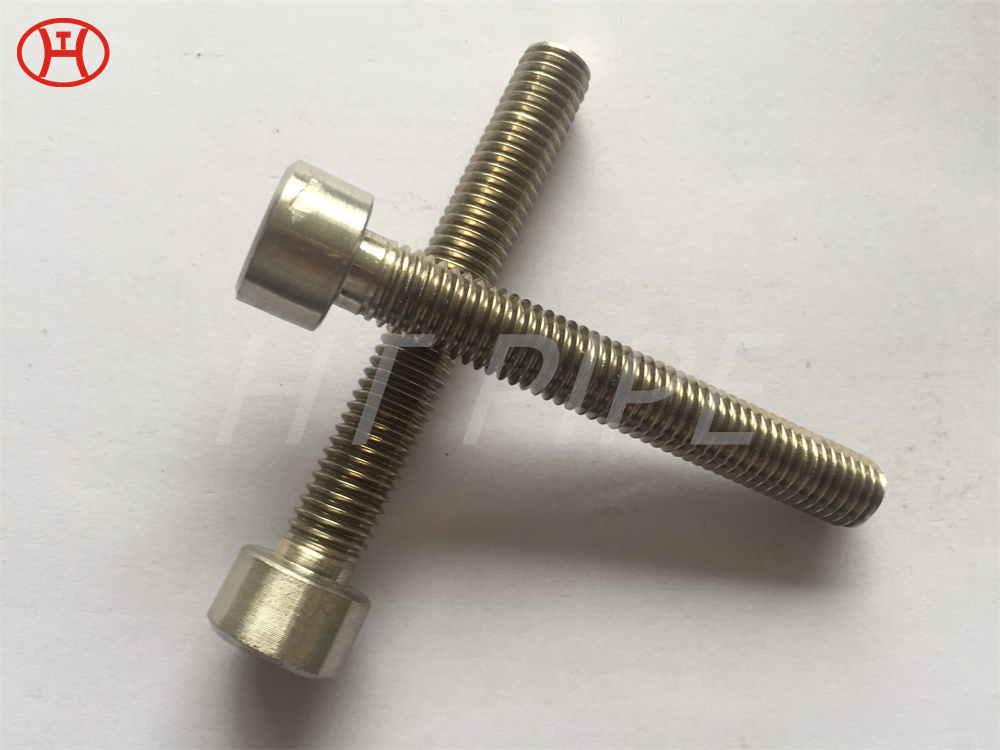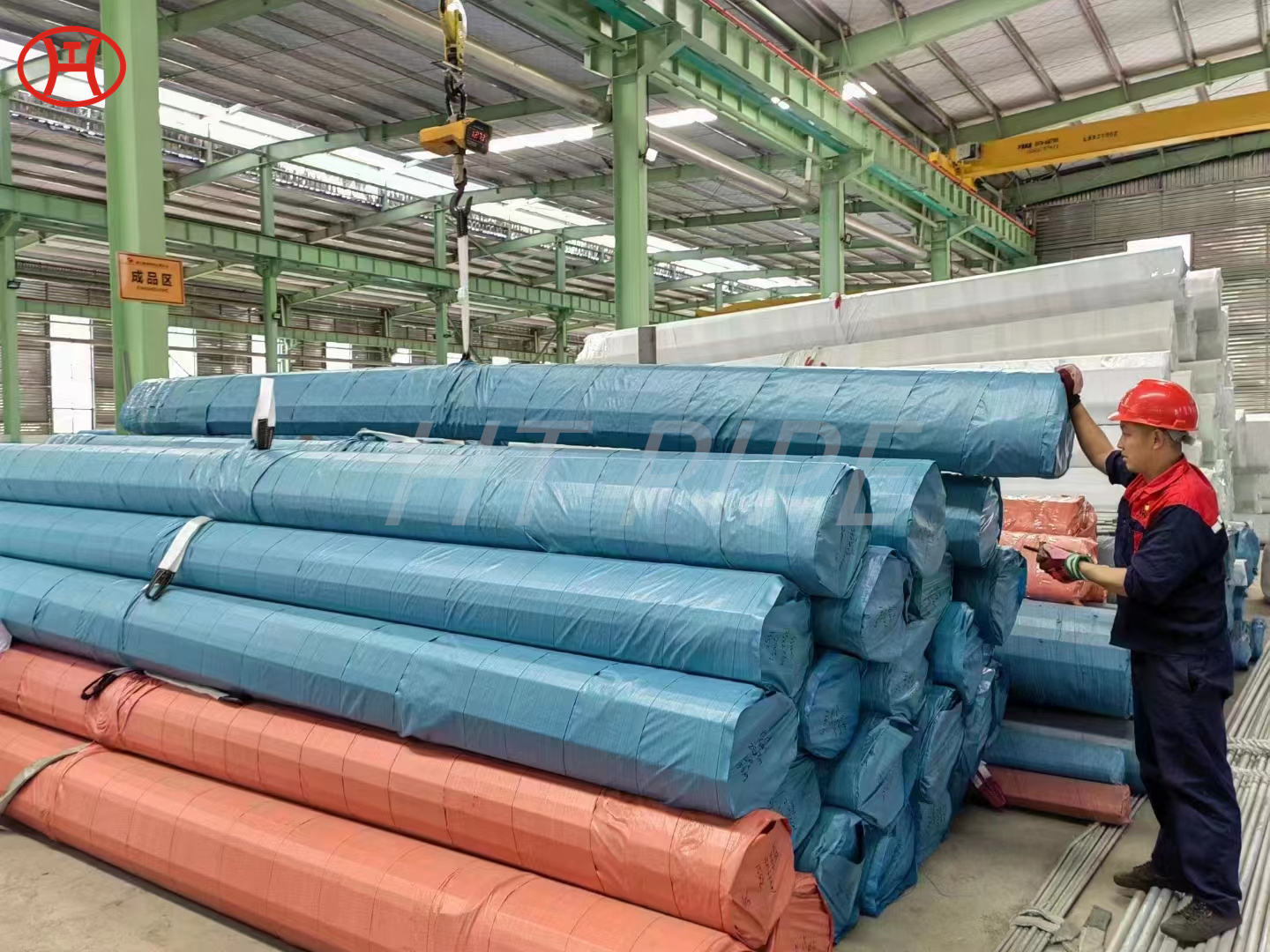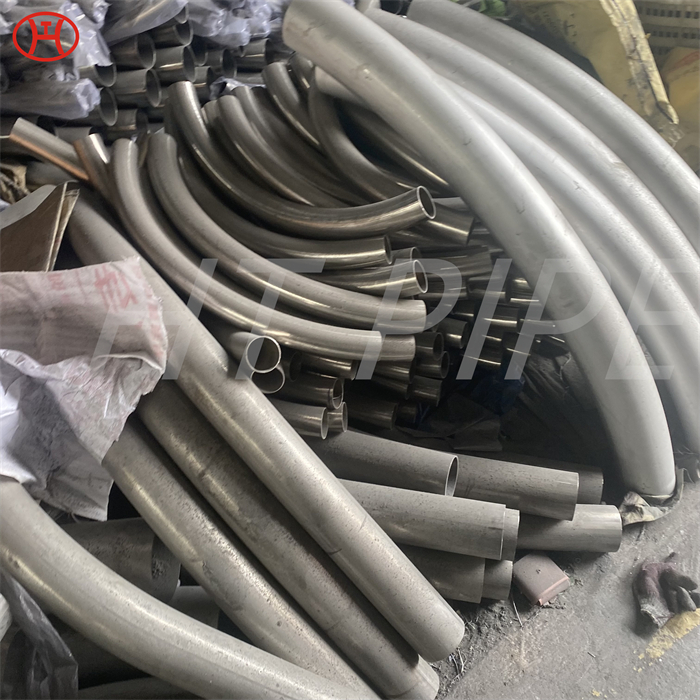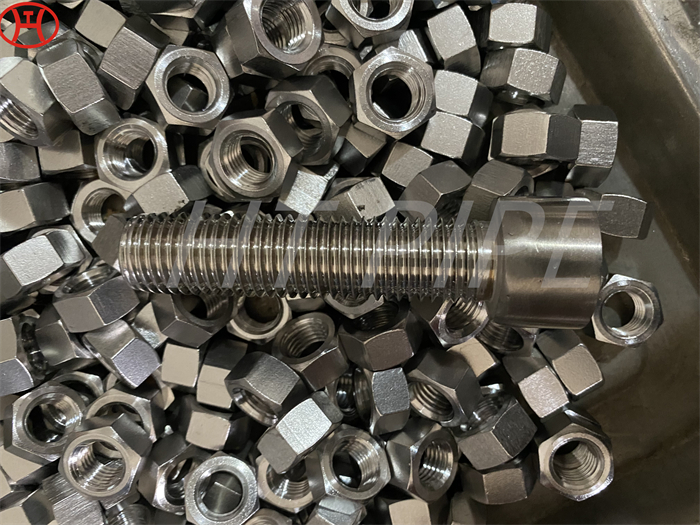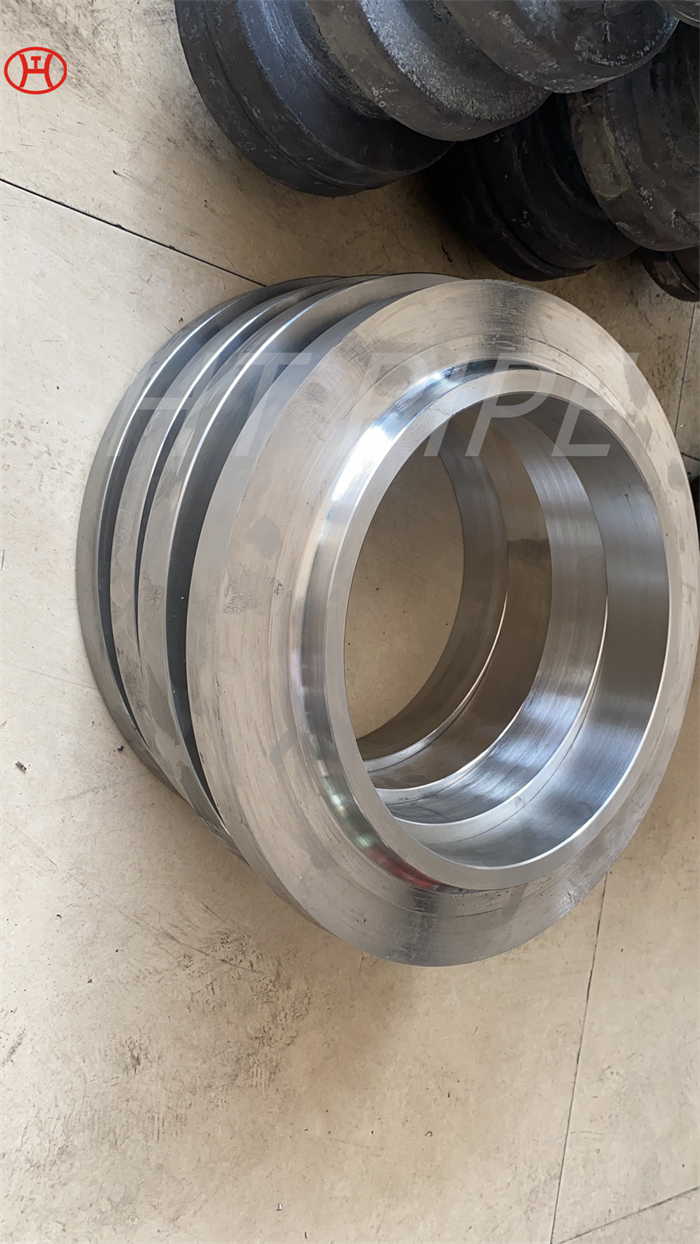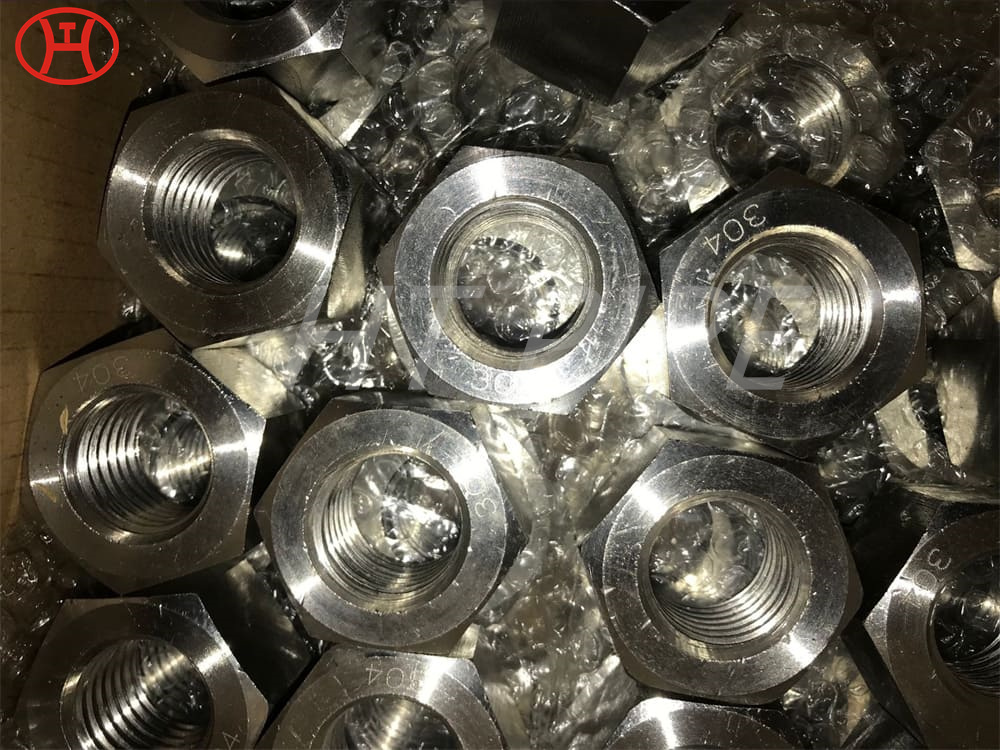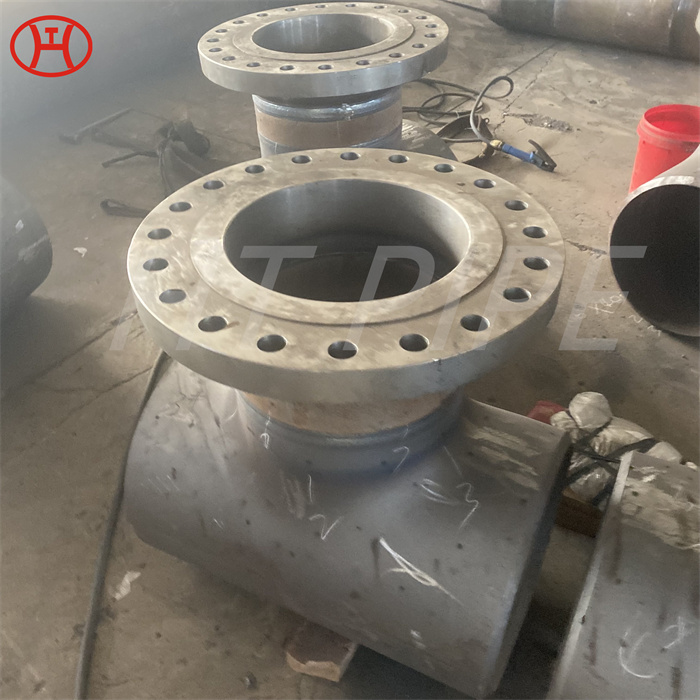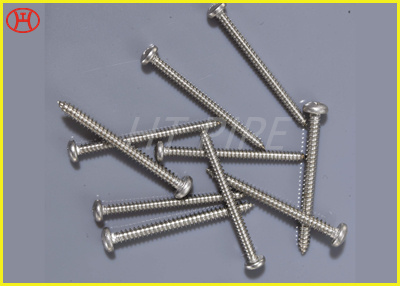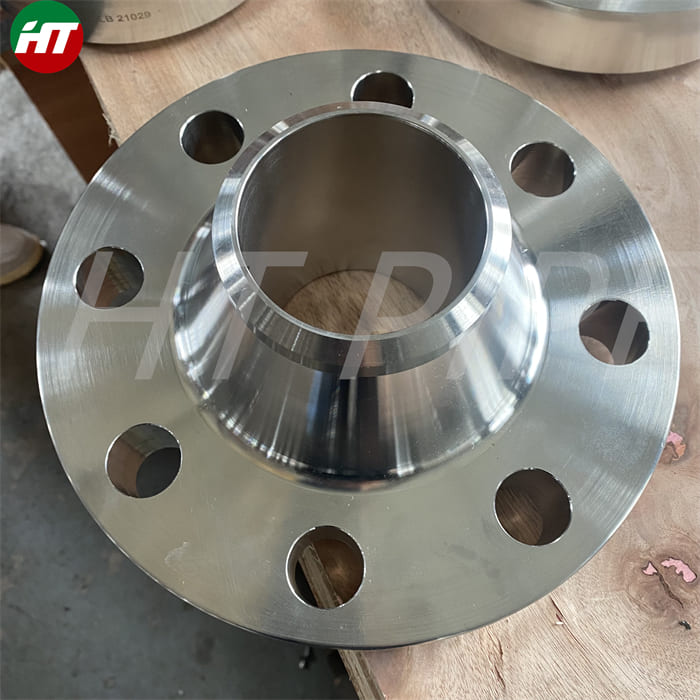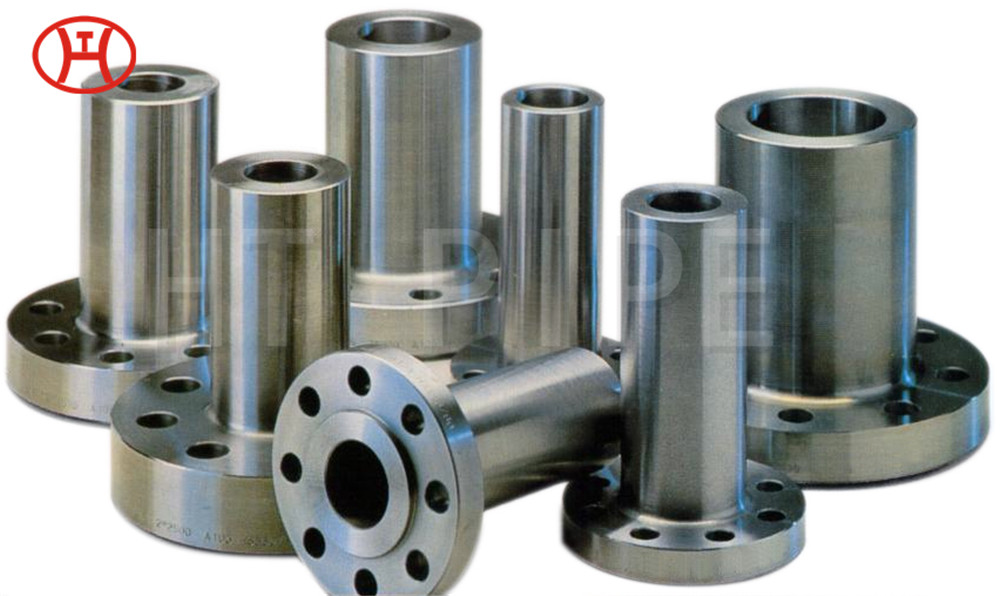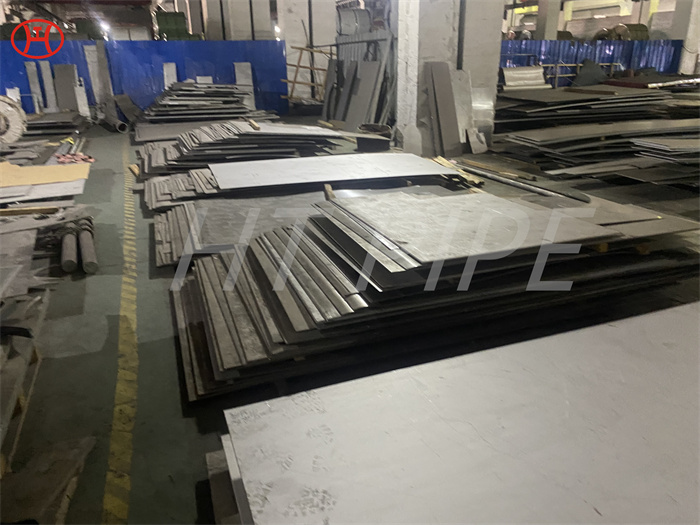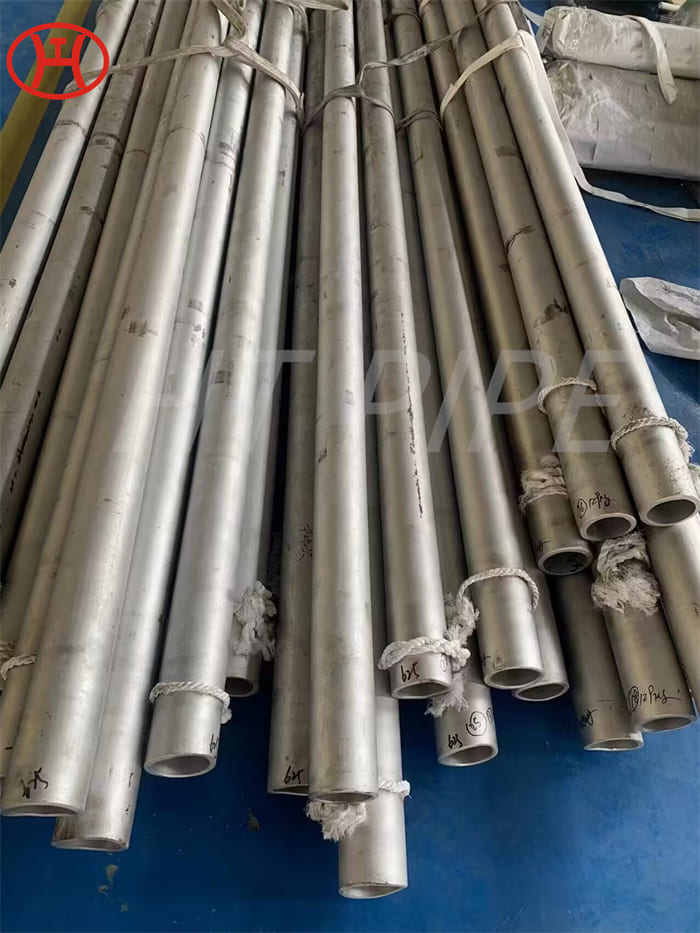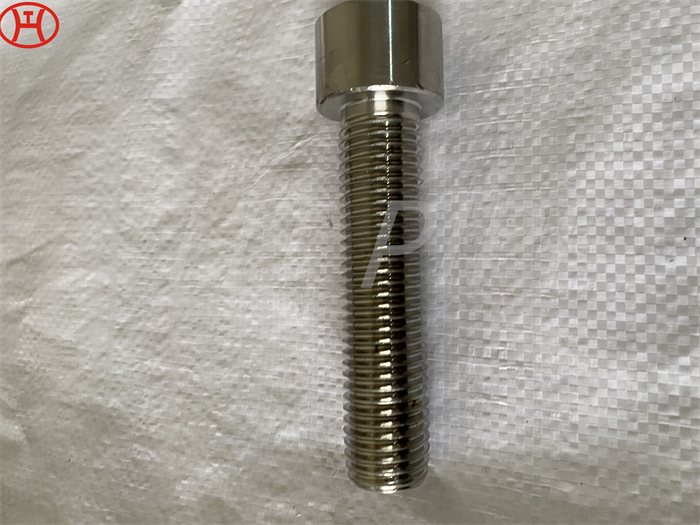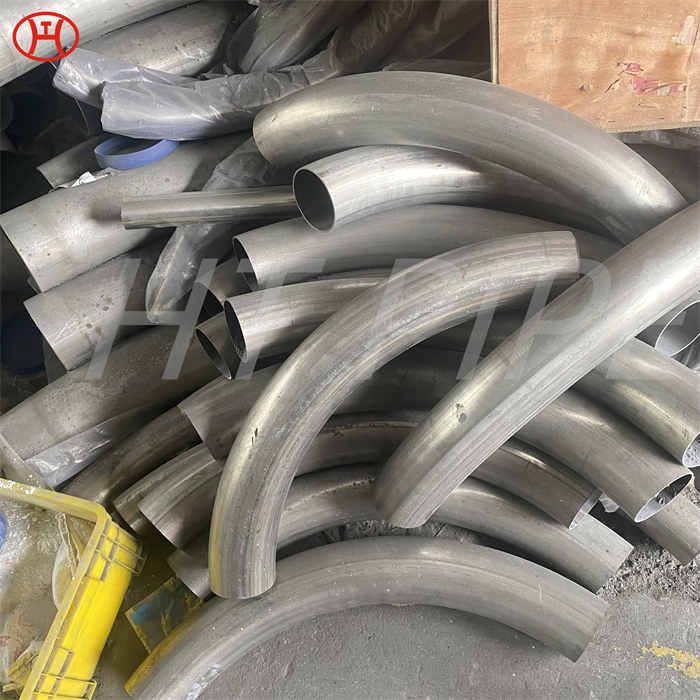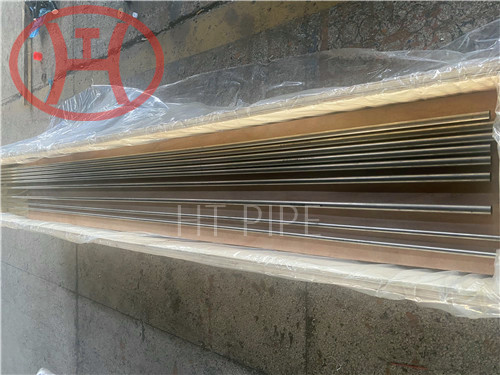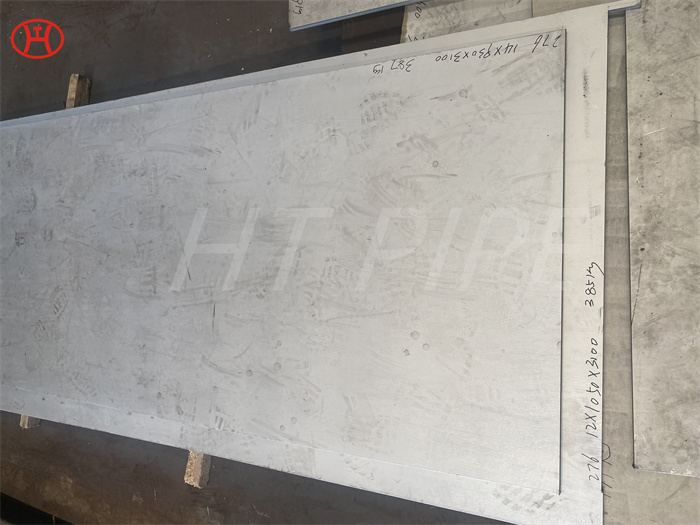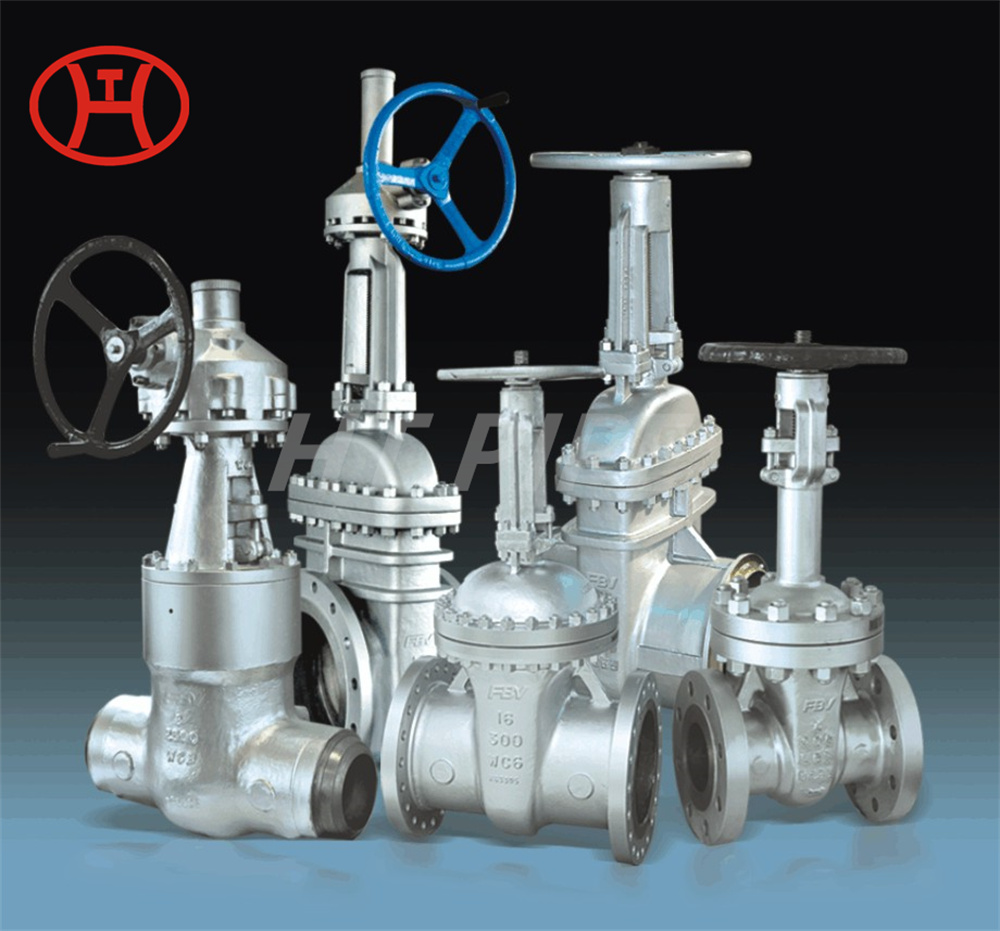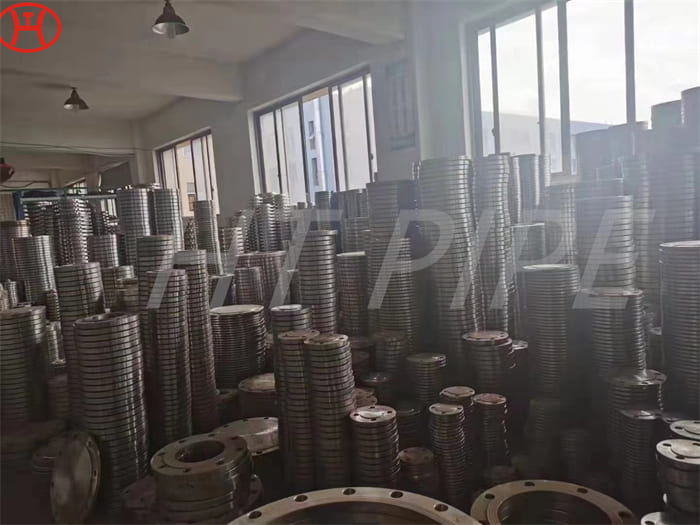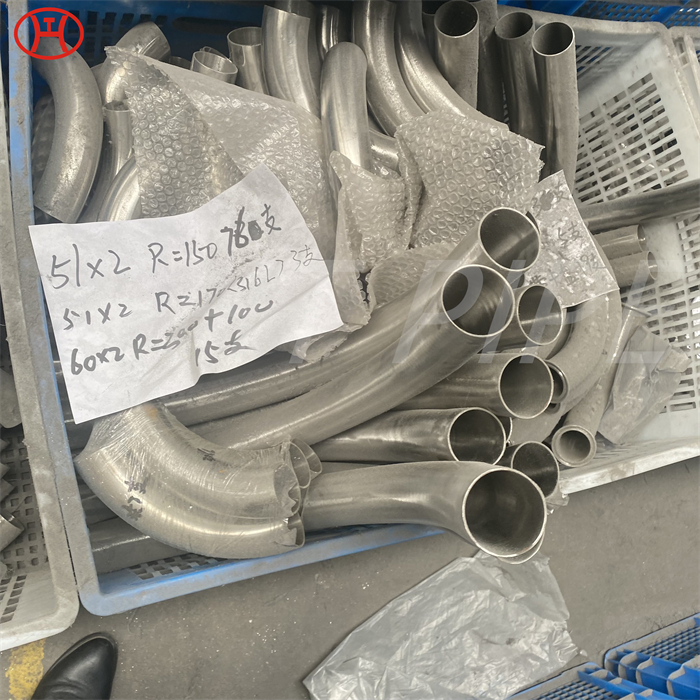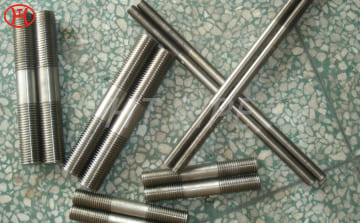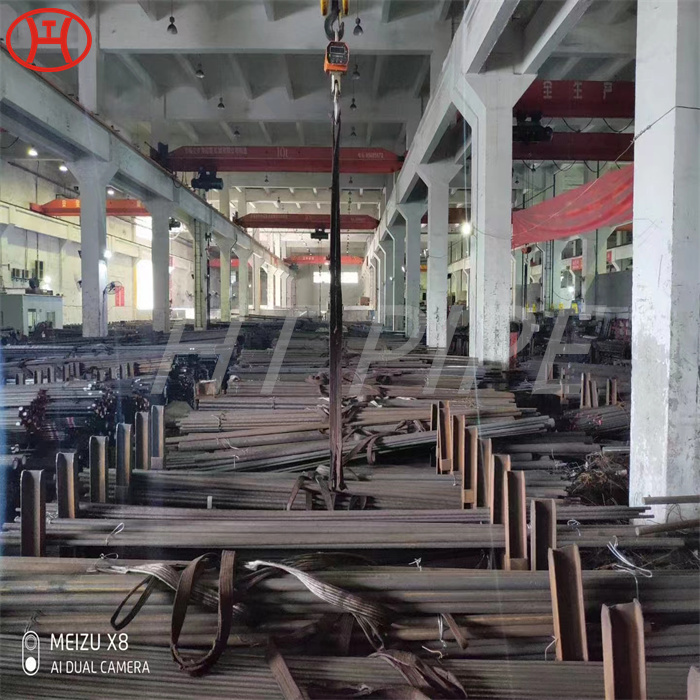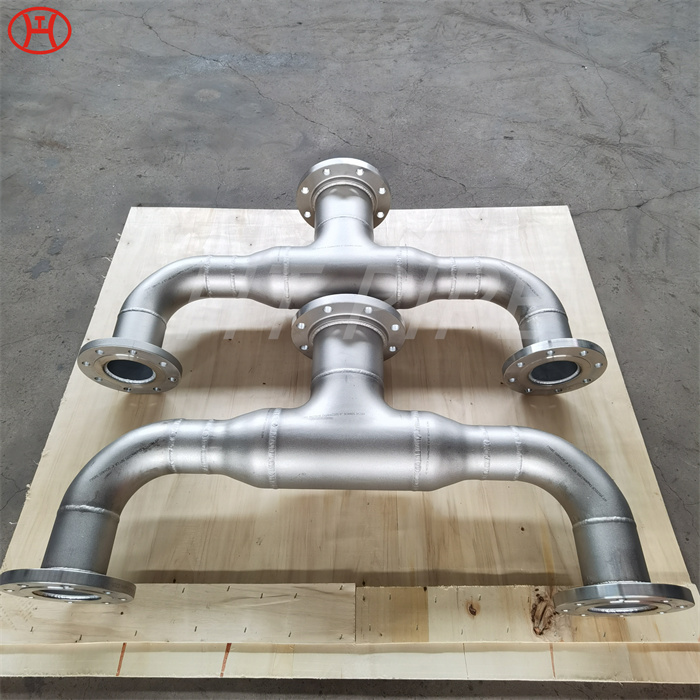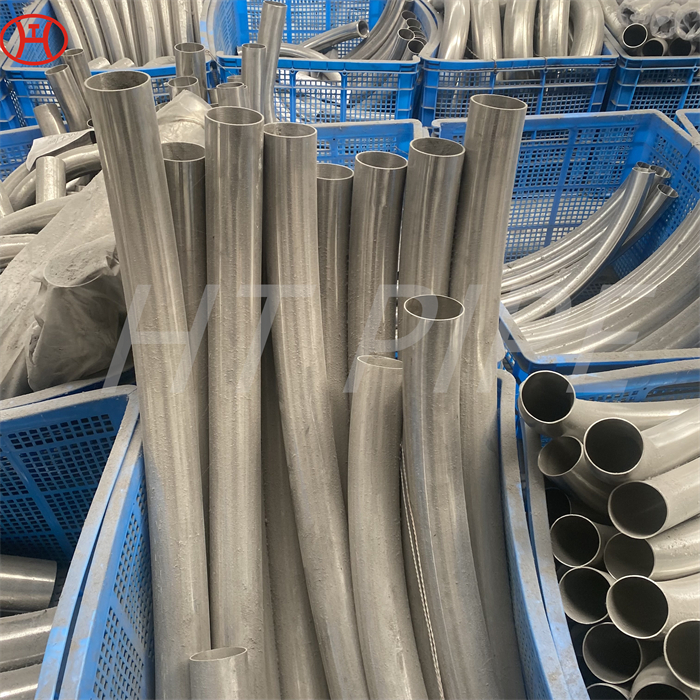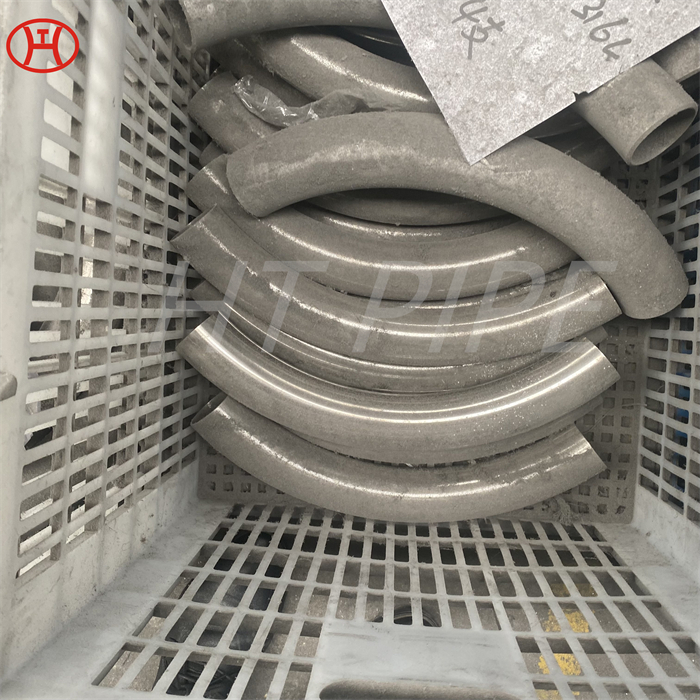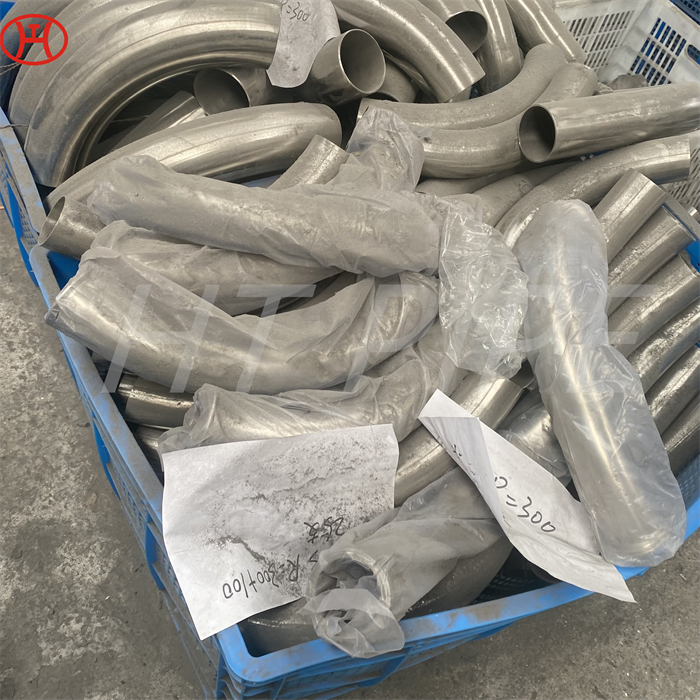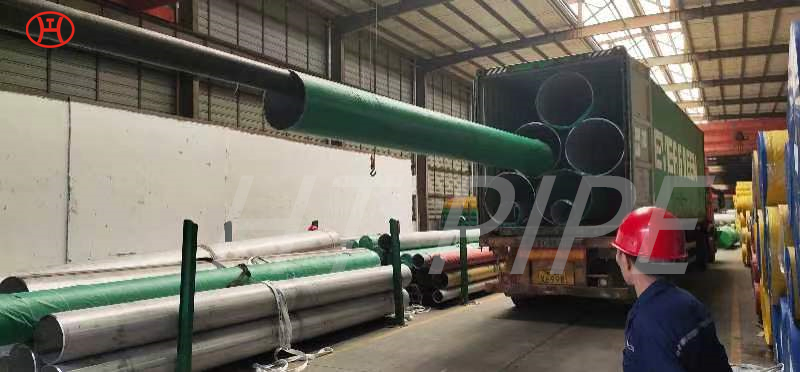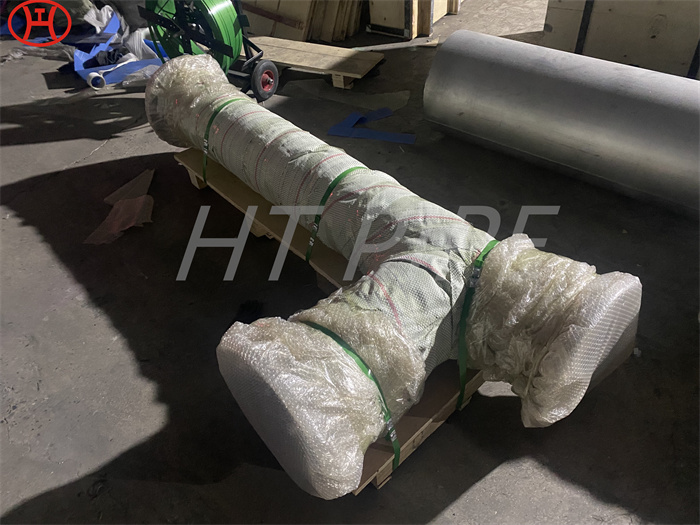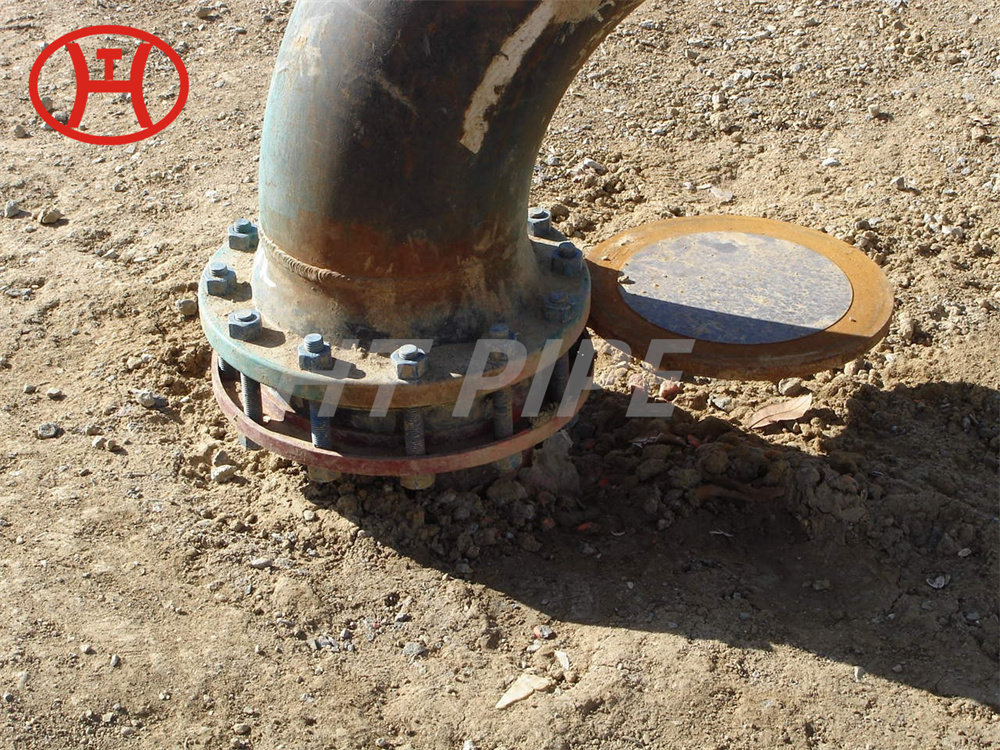hastelloy c276 tube blind flange inconel 4 in
Hastelloy C276 Flanges are made up of the nickel chromium molybdenum alloy that is called hastelloy. The composition includes 50.99% nickel, 14.5% chromium, 15% molybdenum and carbon, manganese, silicon, sulfur, cobalt, iron and phosphorus in it.
Hastelloy C276 alloy, UNS N10276, is the most widely used and versatile, corrosion resistant alloy. Very good resistance to reducing, and mildly oxidizing corrosives. Excellent stress corrosion cracking resistance with very good resistance to localized attack. One of the benefits of using the Hastelloy C276 Flanges is that the alloy presents a remarkable corrosion resistance properties across a very wide range of processing environments. Due to its remarkable displays properties such as resistance to pitting and crevice corrosion as well as stress corrosion cracking and oxidising atmospheres up to 1040 C, the Alloy Werkstoff No. 2.4819 Flange is used in highly corrosive environments. Nickel components like Hastelloy C276 flanges are produced under specification ASTM B564.









































































































